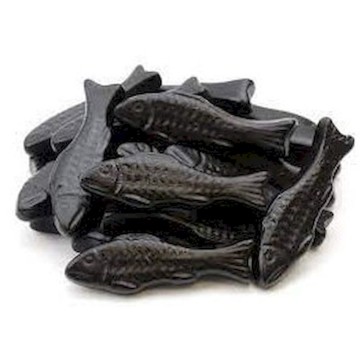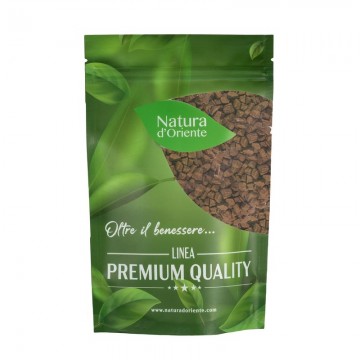The Amarelli company's liquorice heart confetti are the most famous liquorice confetti, they are also known as assabesi, but let's delve deeper into their history and that of liquorice. Let's start with liquorice which is a plant extract obtained from the rhizome (usually incorrectly indicated as root) of the liquorice plant, which is a perennial herbaceous plant native to the Mediterranean basin and the Near East. The scientific name of the plant is Glycyrrhiza glabra and it belongs to the Fabaceae family (or legumes) the same as beans and peas. Known and used by the Romans and Greeks (but also previously by the Egyptians and Assyrians), included in the first Chinese herbal, according to some it is even the first aromatic plant used by humanity, before being used in the confectionery field as a remedy for various ailments thanks to its properties that modern science has at least partially confirmed. Mediterranean plant we were saying and in fact in Italy it is at home, there are two reasons that boast a long tradition of cultivation of licorice, Abruzzo and Calabria and in Calabria the most famous and historic company is Amarelli. According to some documents in Rossano, a hamlet of the municipality of Corigliano-Rossano (CS), the Amarelli family marketed the "underground branches" (as explained previously it is the rhizome of the plant, that is a modified part of the stem not of the root) of licorice.
History of the Amarelli family and the Assabesi
However, the birth of the company is placed by the same in 1731 when a proto-industrial plant was built to extract the juice of the "roots". In 2001 in Rossano the Amarelli family created the Liquorice Museum, three years later Poste Italiane dedicated a stamp to the museum.
Finally we come to the name Assabesi, cocoa biscuits and liquorice candies are called Assabesi, basically different sweets united by the black color (even if in the case of these pebbles in reality the black heart of liquorice is inside). The origin of the name dates back to the Italian colonial period, in 1884 some inhabitants of the bay of Assab (Assab) were deported to Italy to be exhibited at the Italian General Exhibition. Something, putting human beings on display, which for our modern sensibility is intolerable, but let's remember that at the time unfortunately it was still quite normal, in the USA slavery had been abolished throughout the country only with the end of the Civil War, less than twenty years before (1865).
To reinforce the theory on the origin of the name there is the coincidence of the times, the first biscuits called assabesi came out just a year later, in 1885. Amarelli's liquorice pebbles are also fun and pleasant to look at because the sugar and starch candy that encloses the flavoured liquorice heart (aniseed and vanilla) is decorated to imitate the pebbles that you can find on the beaches of Calabria.











 No reward points for this product.
No reward points for this product.















